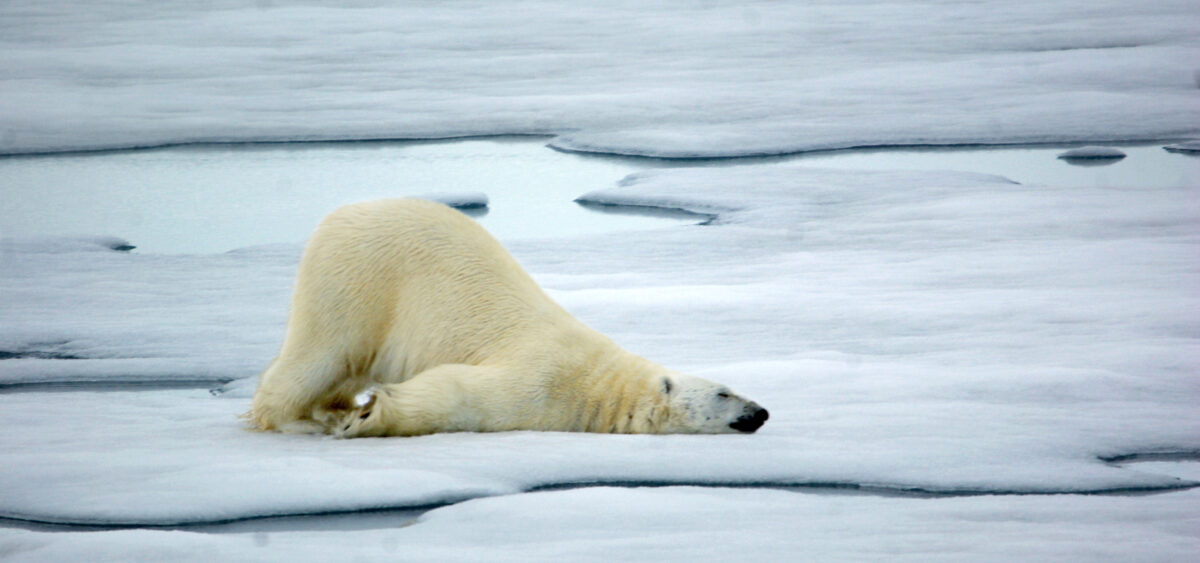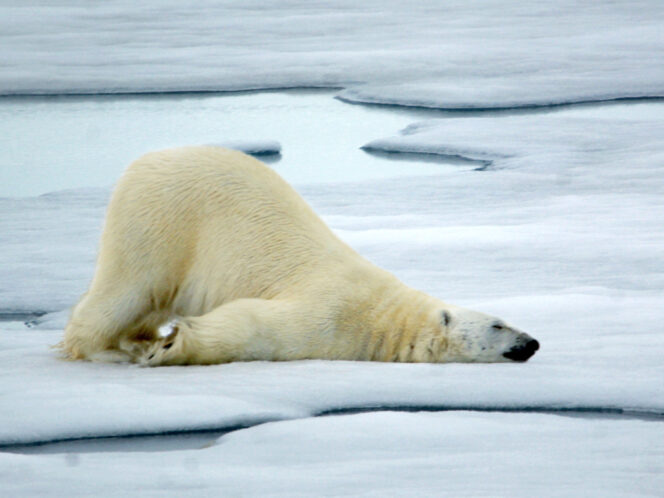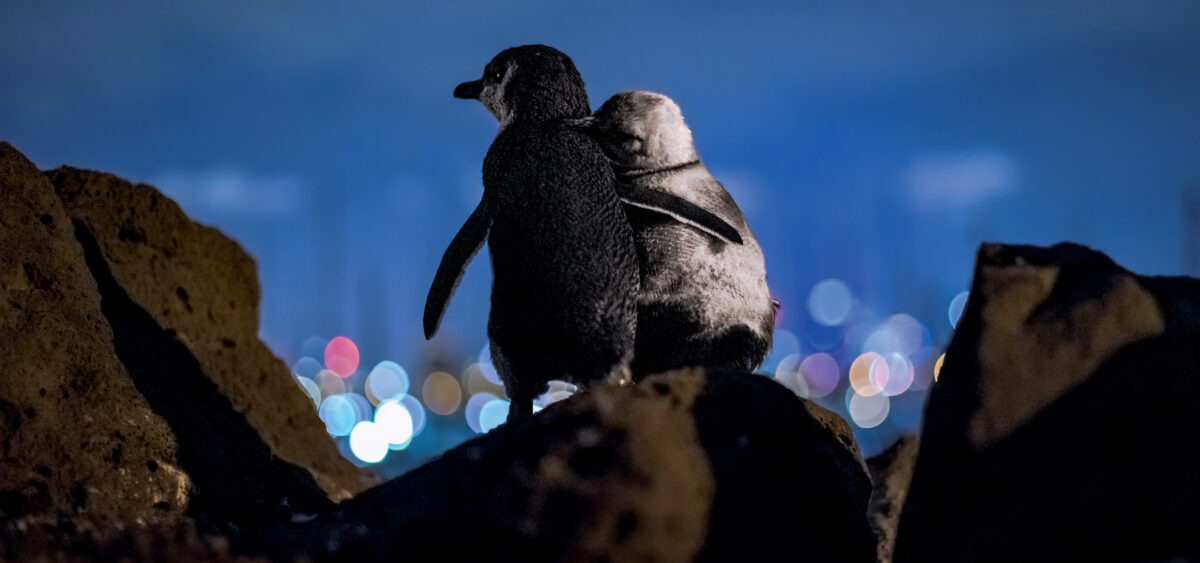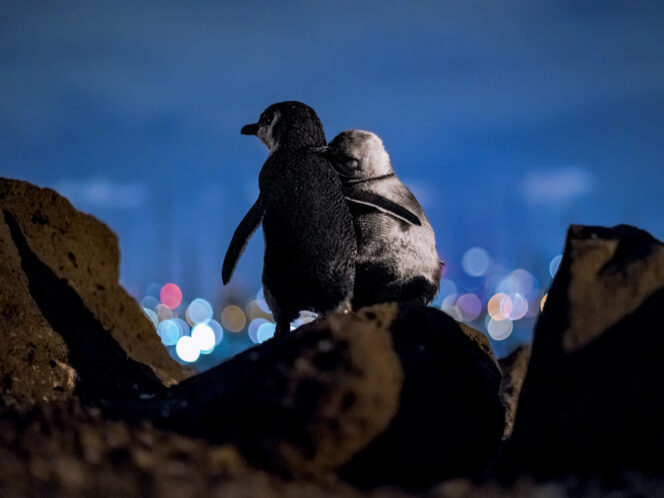
He stood there sniffing, his massive head turned towards us. We were only separated by two hundred yards of pebbly beach. If the polar bear wanted to, he could catch us within seconds. I hoped he wouldn’t try, because I was adamant about not wanting to shoot it.
Some animals have an extraordinary status in popular culture and provoke special feelings in us. It’s difficult for me to imagine a person who doesn’t like penguins. Even though I’ve seen millions of them, I automatically smile every time I meet one—just like when I saw them for the first time, twenty years ago. The giant panda also brings to mind pure sweetness, as does the koala. Young seals and sea otters affect us so much that even the most hardened scientists (after all, the phrase “cute little creature” doesn’t suit scientific discourse at all) claim that they have an “exceptionally high cuddle factor,” as I once learned from a research paper on the latter. Tigers, lions, and wolves, in turn, inspire admiration and respect, often tinged with a touch of fear.
It might be that among all these pop-cultural icons only the polar bear arouses emotions so completely removed from what they really are. We perceive them as huge white teddy bears, oversized plush toys, and lovable cuties. Meanwhile it is the largest predatory land mammal and the most carnivorous of all bears. If we picked the most terrifying tiger, the biggest lion, and the strongest wolf, a large polar bear would weigh more than all three of them put together—and it’d be able to give each and every one of them a good kicking.
In evolutionary terms, the polar bear is a relatively young species. Its oldest unambiguous fossil is a jawbone found on Svalbard in 2004: it is estimated to be around 110,000 to 130,000 years old, which means that as Homo sapiens, we supposedly “wise” humans are probably older than these imposing predators. But we must remember that polar bear fossils are very rare, because these animals spend most of their lives on the frozen ocean, meaning their bodies normally disappear into the icy depths after they die. The bear’s connection with the ocean is








